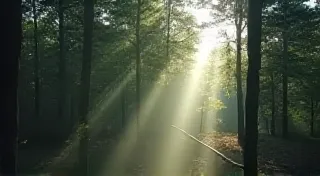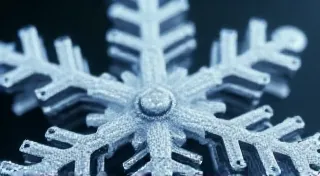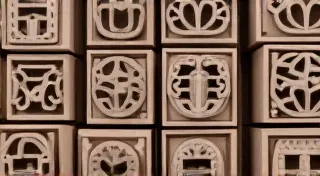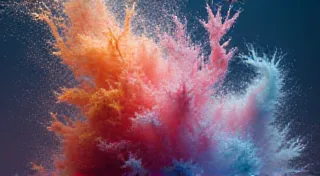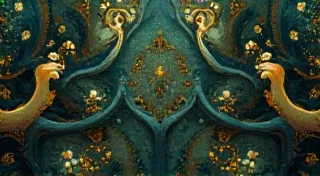Ink-Echoes: Transcribing Handwritten Styles into Chalkboard Lettering
There’s a certain romance that clings to the aged, the worn, the things that bear witness to time. Think of an antique accordion, its bellows leathered with history, the keys ivory yellowed by countless hands. Each press, each chord, releases not just music, but a whisper of lives lived, stories shared, emotions felt. It's a tactile connection to the past, a tangible echo of human artistry. I find a similar beauty, a similar resonance, in handwritten script. The slight imperfections, the idiosyncratic flourishes – they reveal the personality of the writer, a snapshot of their individual expression. And that’s precisely what I strive to capture when translating those treasured styles into chalkboard art.
For years, I've been drawn to the quiet elegance of old correspondence – letters from loved ones, faded grocery lists scrawled on scrap paper, even the weathered menus of forgotten diners. Each stroke tells a story, a unique fingerprint of the individual who created it. Replicating that feeling on a chalkboard isn't just about mimicking the shapes of letters; it's about channeling the spirit of the original hand, preserving a fragment of a vanished world.
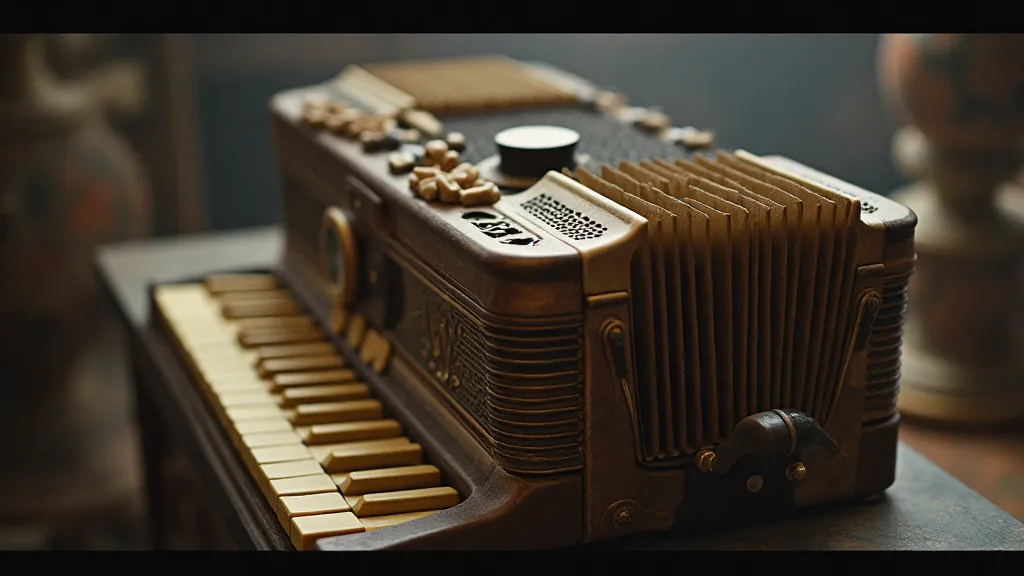
The Historical Roots of Handwritten Styles
The evolution of handwriting is fascinating. Before the advent of mass-produced fonts, every letter was unique. From the elaborate Carolingian minuscule, favored in medieval monasteries for its clarity and beauty, to the more flowing, Spencerian script popular in the 19th century, handwritten styles reflected the cultural and technological climate of their time. Studying these historical styles isn’t just an academic exercise; it's a crucial step in understanding the nuances of handwriting and, subsequently, replicating them with authenticity.
Consider the contrast between a utilitarian Roman Capital, born from the need for legible public inscriptions, and the graceful, almost ornamental copperplate script employed for elegant invitations and personal correspondence. Both are beautiful, but their aesthetic purpose differs dramatically. Recognizing these distinctions informs how we approach chalkboard lettering. A sign for a rustic farm stand might benefit from a more robust, slightly imperfect font, whereas a chalkboard menu for a fine-dining establishment could call for a more refined and elegant style.
Translating Script to Chalk: A Step-by-Step Approach
The process of transcribing handwritten styles onto a chalkboard isn’t simply a matter of copying the shapes. It's a translation, an interpretation. Here’s a breakdown of how I approach it:
- Analysis: First, I study the original script intensely. I break down the individual letterforms, paying close attention to the weight of the strokes, the angle of the slant, the unique curves and loops. I look for the “signature” elements – the quirks that make the handwriting instantly recognizable.
- Deconstruction: Next, I deconstruct the letters into their basic components. Think of it like breaking down a complex musical chord into its individual notes. Understanding these components allows me to reconstruct the letters with greater accuracy and flexibility.
- Adaptation for Chalk: Chalk doesn't behave exactly like ink or pencil. It's a coarser medium, with a tendency to crumble and smudge. I adapt the original script to accommodate these limitations, adjusting the stroke width and angle as needed to ensure the letters are legible and durable on the chalkboard surface.
- Practice & Refinement: Practice is key. I often sketch the letters repeatedly on paper before committing them to the chalkboard. This allows me to experiment with different variations and refine my technique.
A common mistake is to focus solely on the overall shape of the letters, neglecting the subtle variations in pressure and angle that give handwritten styles their unique character. Remember that even the most consistent handwriting isn't perfectly uniform. Embrace those imperfections – they're part of what makes it authentic.
Beyond the Basics: Mastering Chalkboard Techniques
Once you’re comfortable replicating basic letterforms, you can start experimenting with more advanced techniques. Consider the importance of negative space. The areas around the letters are just as important as the letters themselves. A well-balanced composition relies on a careful interplay of positive and negative space.
Varying the weight and texture of your chalk strokes can also add depth and visual interest. Using the side of the chalk can create a softer, more blended effect, while applying pressure with the tip creates a sharper, more defined line. Layering different colors of chalk can also create unique textures and visual effects.
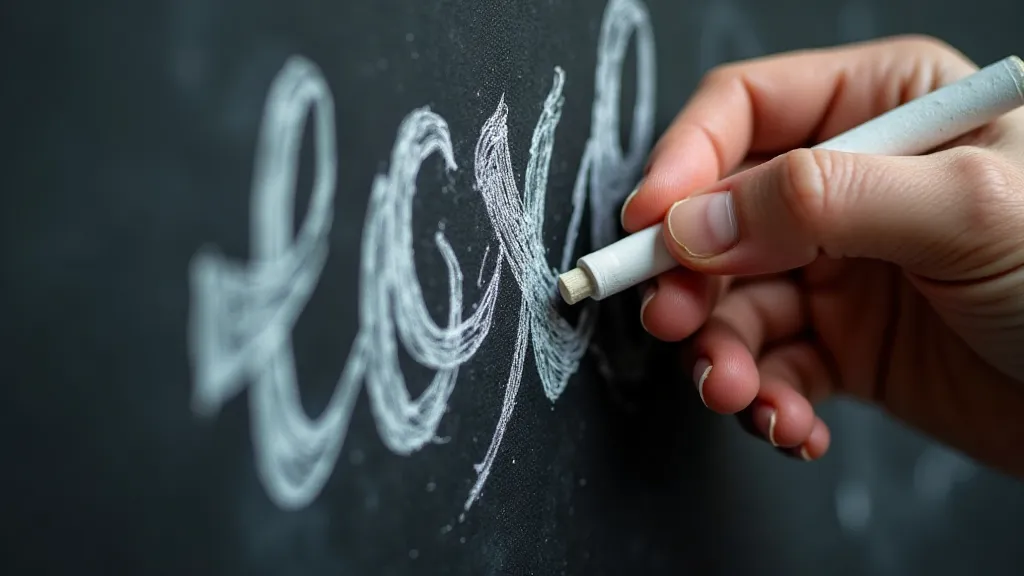
The Joy of Restoration and Collecting
The allure of antique handwriting extends beyond mere aesthetics. Collecting old letters, documents, and journals provides a tangible link to the past. And for those with a more hands-on approach, restoring damaged or faded documents can be a rewarding experience.
Restoration isn't about recreating the original; it’s about stabilizing the document and preserving as much of its original character as possible. This often involves careful cleaning, repair of torn pages, and deacidification to prevent further deterioration. If you're interested in pursuing this hobby, it’s crucial to research proper techniques and consult with experienced conservators.
Similarly, learning about the history of fonts and handwriting can enrich your appreciation for chalkboard art. Understanding the cultural and technological influences that shaped these styles provides a deeper understanding of their significance and beauty. The knowledge gained allows for a more informed and nuanced approach to replicating them on a chalkboard.
Finding Your Voice: Developing a Distinctive Style
Ultimately, the goal isn’t just to replicate existing handwritten styles, but to develop your own distinctive voice. By studying the masters, mastering the techniques, and experimenting with different approaches, you can create chalkboard lettering that is both authentic and uniquely your own.
Think of the accordion player who, after years of playing the classics, begins to improvise, adding his own personal flourishes to the music. That’s what I strive for in my chalkboard lettering: to capture the essence of handwritten styles while adding my own creative signature.
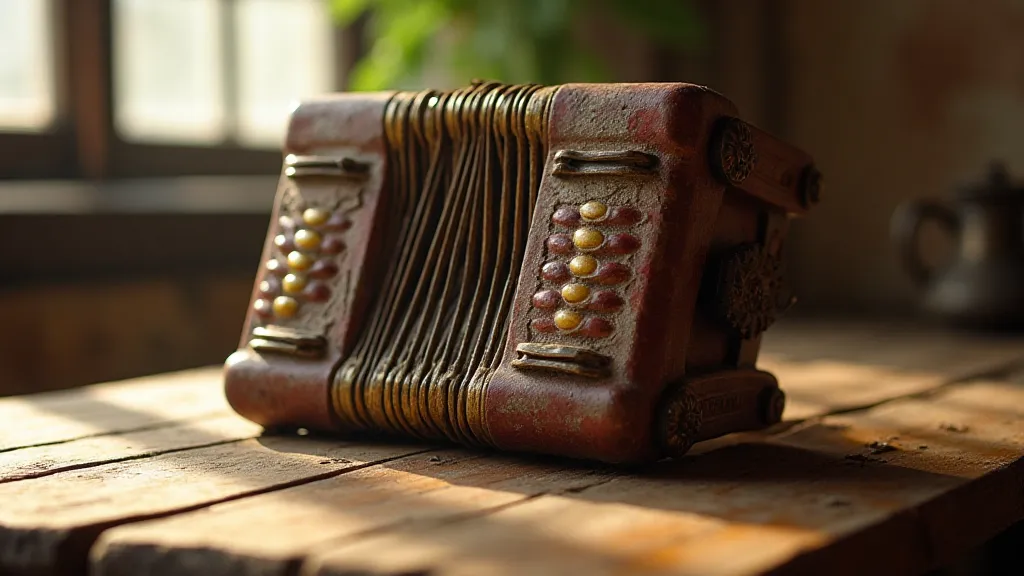
The journey of learning to translate handwritten styles into chalkboard lettering is a continuous one, a blend of technical skill, artistic interpretation, and a deep appreciation for the beauty of the human hand. Embrace the challenges, celebrate the successes, and let your creativity flow.
